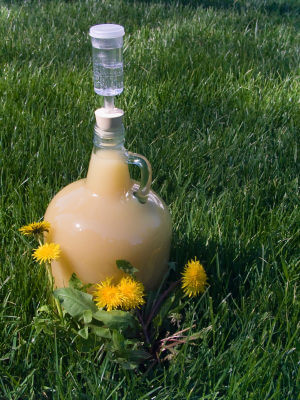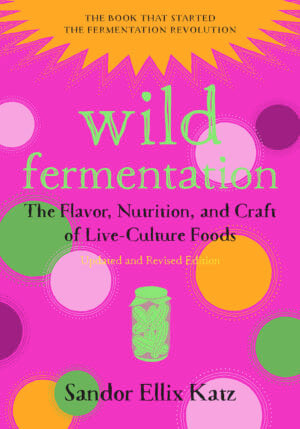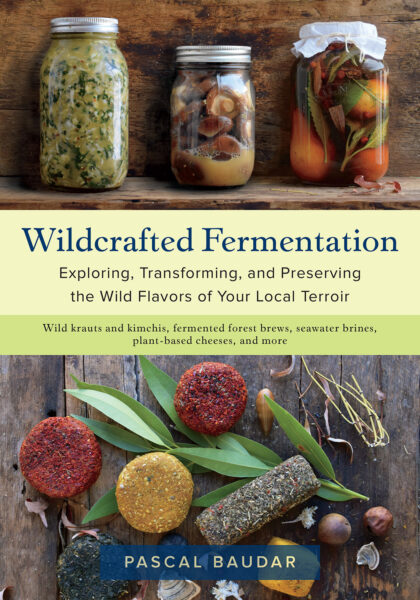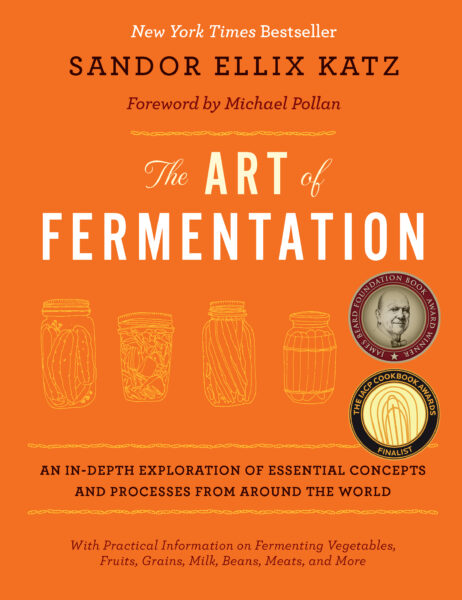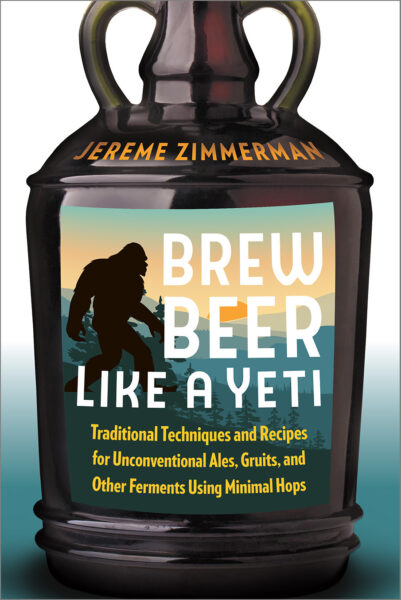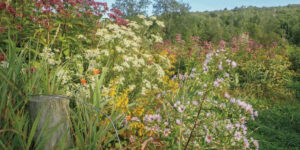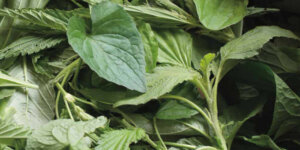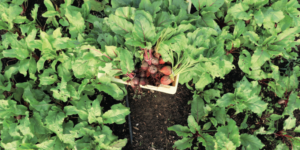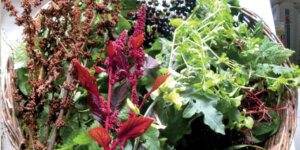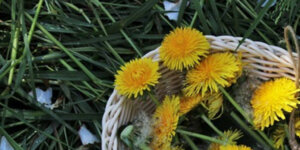From the Homemade Hooch Files: How to Make Dandelion Wine
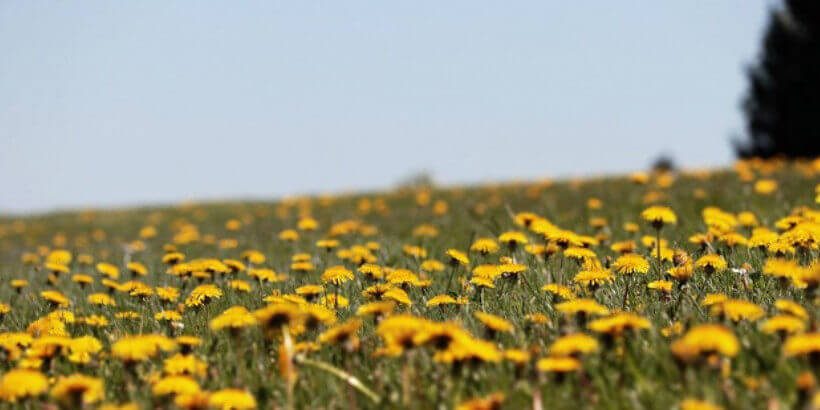
Heads up: you definitely don’t want to be spraying weed killer on your dandelions. If your lawn is a total dandelion breeding ground, you are so close to having some delicious wine! Get out there and pick some so you can get started on fermenting a batch of flower wine. This drink is not only tasty, but is said to have liver-cleansing properties as well!
The following is an excerpt from Wild Fermentation by Sandor Katz. It has been adapted for the web.
“Wine made from flowers preserves the exquisite flavors and benevolent properties of the blossoms from which it is made. It also preserves the memories of fine, clear, sunshiny days—alone or with Someone Else—in woods, meadows, and hills, picking millions of tiny flowers for hours until they become etched on the insides of the eyelids.” These wise words were written by my friend and neighbor Merril Harris, in an article, “Nipping in the Bud: How to Make Wine from Flowers,” published in Ms. Magazine nearly thirty years ago.
Dandelion wine is the classic flower wine, made with the bright yellow flowers of the plentiful and easy-to-find weed. Don’t believe the hype of the manicured lawn lobby; dandelion is not only beautiful and tasty, but potent liver-cleansing medicine. Many other flowers can transfer their delicate bouquets and distinctive essences into wines, as well, including (but certainly not limited to) rose petals, elderflowers, violets, red clover blossoms, and daylilies.
“Begin by gathering your flowers,” writes Merril, “perhaps the most pleasurable part of the winemaking process.” As a general guideline, pick about a gallon of flowers per gallon of wine you intend to make. If you cannot gather this many in a single outing, freeze what you gather until you accumulate enough. Be sure to pick flowers from places that have not been sprayed, which usually means not roadsides.
Timeframe:
1 year or more
Equipment:
- Crock, bowl, or bucket of at least 1-gallon/4-liter capacity to allow for vigorous stirring
- 1-gallon/4-liter jug or carboy with air lock
Ingredients:
- 1 gallon/4 liters flowers in full bloom
- 2 pounds/1 kilogram (4 cups/1 liter) sugar
- 2 lemons (organic, because you will use the peel)
- 2 oranges (organic, because you will use the peel)
- 1 pound/500 grams raisins (golden raisins will preserve the dandelion’s light hue better than dark raisins)
- Water
- 1 ⁄ 2 cup/125 milliliters berries (for wild yeast) or 1 packet wine yeast
Process:
- As much as possible, separate flower petals from the base of the blossoms, which can impart bitter flavors. With dandelions this can be a tedious project.
- Reserving about ½ cup/125 milliliters to add later in the process, place the flower petals in a crock with the sugar, the juice and thinly peeled rinds of the lemons and oranges (to add acidity), and the raisins (to introduce astringent tannins). Then pour 1 gallon (4 liters) of boiling water over these ingredients, and stir until sugar is dissolved. Cover the crock to keep flies away, and leave to cool to body temperature.
- Once the mixture cools, add the reserved flower petals and berries to introduce wild yeasts. (Or to use commercial yeast, remove 1 cup of the cooled mixture, dissolve a packet of yeast into it, and once it starts to bubble vigorously add it to the crock.) Cover the crock, and stir as often as you think of it, for 3 to 4 days.
- Strain out the solids through a clean cheesecloth and squeeze moisture out of the flowers. Then transfer liquid to a carboy or jug with an airlock, and ferment about 3 months, until fermentation slows.
- Siphon into a clean vessel and ferment at least 6 months more before bottling.
- Age bottles at least 3 months to mellow wine; even longer is better.
Recommended Reads
Recent Articles
Picture-perfect farms may be aesthetically pleasing, but they’re likely lacking in biodiversity. Rewilding practices allow the land to return to its natural wild state, providing more room for fruit-bearing plants to grow and animals to control small pests. The following is an excerpt from Farming on the Wild Side by Nancy J. Hayden and John…
Read MoreWhether you are an expert forager or new to the skill, it’s important to understand how to store your freshly picked bounty. Luckily, author Alan Bergo has the lowdown on how to harvest wild greens and cook them for the best storage so your harvest can stay fresh for days after being picked! The following…
Read MoreLet’s drop the beet! Beets can be grown year-round and are a perfect, flavorful addition to meals. Get started on growing your own no-till beets with help from these tips! The following is an excerpt from The Living Soil Handbook by Jesse Frost. It has a been adapted for the web. How to Grow No-Till…
Read MoreForaging wild plants in your area is a great way to shake up your culinary delights. Don’t know where to start? Below are our best foraging posts to get you started on your hunt for wild edibles. Foraging 101: Where to find your bounty We’ve given you descriptions. We’ve given you recipes. We’ve given you…
Read MoreYou can forget about waiting for your wine to ferment, because we have a recipe for dandelion beer that will be ready in just a week! Who knew those weeds in your backyard could make such a fun beverage? The following excerpt is from Pascal Baudar’s Wildcrafting Brewer. It has been adapted for the web.…
Read More

